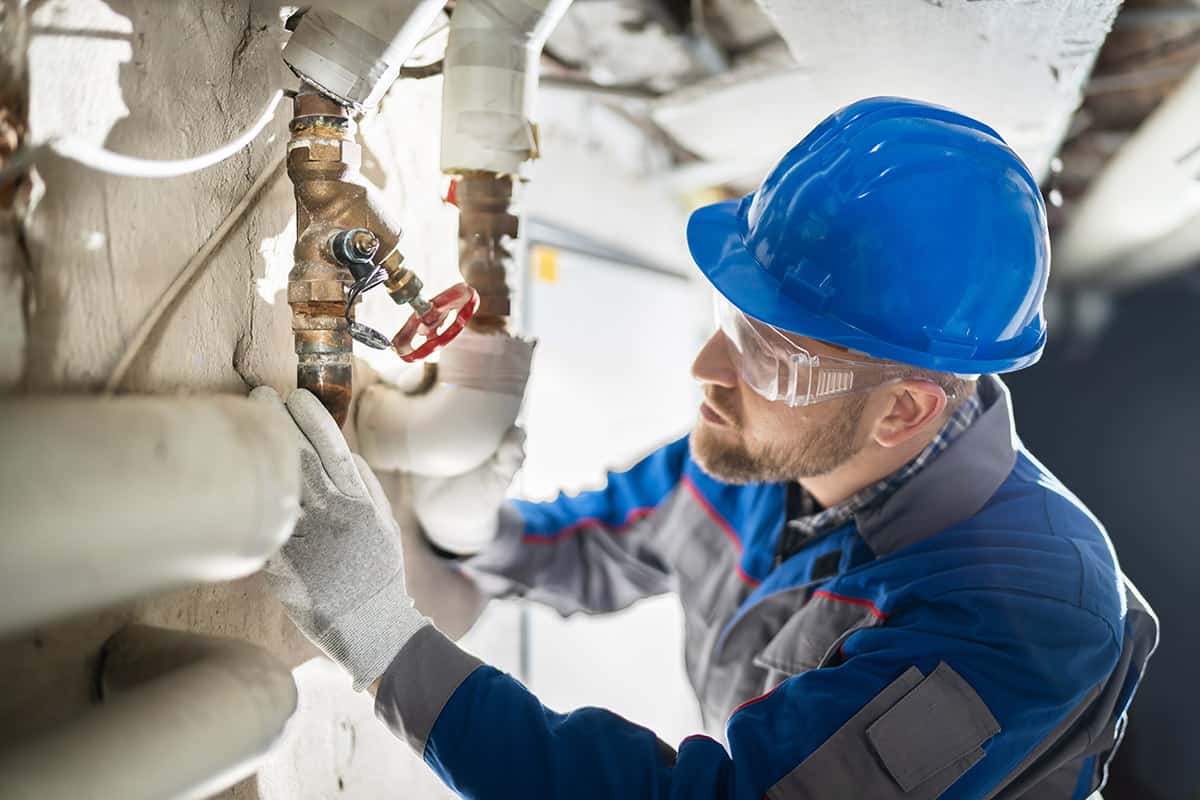When using a professional for water damage restoration, you should make sure they take some key steps to address the issue at your property. This is what you should expect from any certified professional company.

Be sure the company employs IICRC-certified technicians, which means a technician is current on industry standards and procedures to mitigate and clean water-damaged properties. This agency also provides continuing education for technicians, so you should always be getting the most up-to-date expertise.
Assessing the damage
The first step in the water damage restoration process is always the initial assessment. A water damage restoration professional should take several things into account when they first assess the damage to your property. Four of the most important factors they will evaluate are the:
- Source of water
- Degree of contamination
- Amount of water present
- Materials and contents affected
All four of these play a role in determining the necessary course of action to remediate your water damage loss. The source of water and degree of contamination are closely related; together, these factors are used to qualify the loss as Category 1 (“clean water”), Category 2 (“gray water”), or Category 3 (“black water”). Category 1 and Category 2 water have milder forms of contamination than Category 3 water, which is considered “grossly contaminated” and poses serious health and safety risks.
After completing their thorough assessment, your water damage restoration professional should then provide you with a complete list of what needs to be done. The water damage restoration steps are more similar for Category 1 and Category 2 water losses than for Category 3 losses, which require additional measures due to the severe contamination. Every restoration company provides a different level of service, so be sure to ask what’s included in their scope of work.
The process overview that follows is what you should expect during a Category 1 or 2 loss.
Removing the water
Once an assessment has been done, water removal, also known as “water extraction,” is the next step in the water damage restoration process. The amount of water present will impact the exact tools and methods used to remove the water.
Standing water should be removed first using truck-mounted water extraction equipment and industrial-powered humidifiers. This will help extract water from affected materials such as walls, ceilings, and wood trim. The company should also take care of damage caused by the excess water to prevent further harm from being done while the next step of the process is performed.
Furniture, carpets, drywall, and baseboards
Certified technicians should also remove furniture and other personal effects from the house including furniture and doors. When everything is out of the area, the next area addressed is flooring.
Carpets and their padding absorb water easily and may need to be removed so mold does not develop. They then need to be assesed whether they can be salvaged or if the damage is too extensive.
Baseboards and drywall may need to be removed in order to be dried and cleaned, or discarded. These materials also absorb water and can buckle or warp if not dried sufficiently. These items cover insulation and framing that can absorb and hold water from water damage. Mold also colonizes in these materials, so it’s important that they be dried completely or discarded if need be.
The company should use a moisture meter to gauge the dryness level of walls and wood so they can be reinsulated and then closed in a safe manner.
Cleaning, drying, and sanitizing
The final step in the water damage restoration process is cleaning, drying, and sanitizing. Without this step, mold growth becomes a factor. Technicians should use an antimicrobial solution to clean and disinfect the affected areas, which are then dried thoroughly.
Commercial air movers and dehumidifiers will speed up the drying time by pulling more moisture from the air. This equipment is more powerful than what homeowners can access, and time is an important factor in a water damage situation.
Mold remediation
Water damage can lead to mold growth, so technicians will continually monitor during the drying process for signs of mold colonization. If it has, they can provide mold removal and remediation services as well. Part of the process is ensuring that mold growth does not occur, which is why attention is paid to moisture levels.
What happens if water damage restoration isn’t done properly?
When making the decision on handling water damage yourself or hiring a professional service, here are some key considerations to keep in mind:
- Increased cost. Like most things, the longer you wait to fix water damage properly, the higher the cost will be. Issues that seem minor can quickly become more difficult.
- Mold and mildew. If you notice a musty smell and you can’t get rid of it, in all likelihood mold has established itself in a previously wet area. Unattended mold can aggravate current health issues or cause problems to develop.
- Electrical issues. Water and electricity are not good companions, and missing a wet area could result in issues with outlets, wiring, sockets and the appliances to which they connect.
- Underlying problems. If you miss a key element of what’s causing the damage, you could end up with a recurrence of the water damage.
- Stains. When ceilings and walls are not adequately dried, any paint you apply will peel and the material can warp. Replacement may be your only option in the future.
- Insurance. Your property insurance policy may not provide coverage for water damage, depending on the source. Even if water damage is covered, if something was knowingly left unrepaired, there may be a challenge to your claim.
Call 1-800 WATER DAMAGE
As a professional service, we’ve had many experiences with water damage assessment situations. A common element of that experience is when homeowners underestimate the damage that has been caused, simply because they don’t know all the impacted areas. Expertise is needed to do a thorough assessment.
Let us help you return your property to a healthy and safe condition. Contact us 24/7 when facing a water damage problem.



